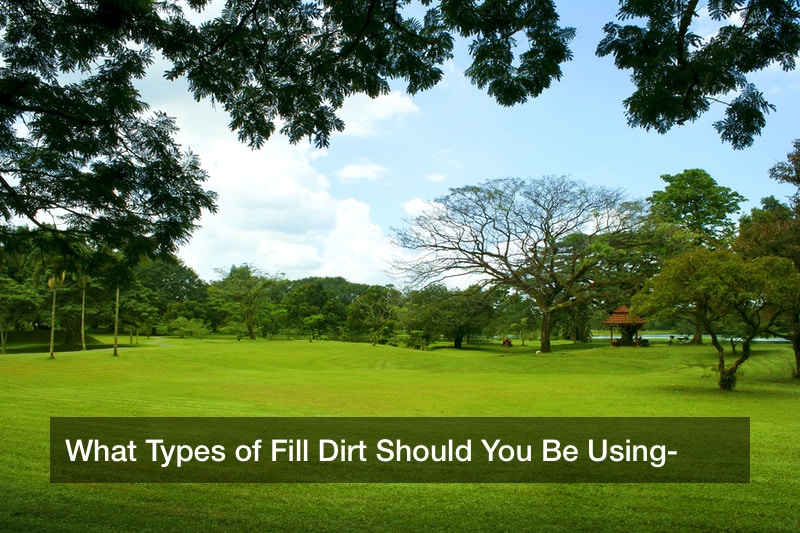
Although the plague of winter is still in full effect springtime is a top priority. In fact, many garden and landscape professionals will tell you winter is the best time to plan. Most of the DIY projects in the spring will be easier to accomplish, as well. Healthy grass is a major issue many people face each season. From the type of grass, they are planning to grow to the weed protection. Most of your work will consist of finding the right soil. So what types of fill dirt should you be using?
First and Foremost
What is fill dirt? Well in most cases, it is, as its name implies, dirt you use to fill up a hole or depression. Usually, it is an organic material with minerals that help keep your plants healthy. Topsoil is the most common fill dirt. Usually, it is the first thing you see when you enter a garden center. Topsoil, generally, is made up of ground up sand or clay amalgamated with organic compost. Topsoil uses can vary depending on the type of project you are tackling. Say you find that an area of your yard is retaining water after heavy rain. Using sandy topsoil can help with the drainage and irrigation of the surrounding area.
Fill dirt is used extensively throughout different landscape projects. For instance, fill dirt does not always have to be used to fill something in. In many cases, customers can ask their landscaper to make projections, like hills. Often this is done by request; in fact, “gnome homes,” are a very popular project that uses fill dirt. They are a great way to give a natural look to an artificial addition to your home. There are many types of fill dirt that can be used for these types of projects.
What About The Plants?
Another common use for fill dirt is for your own personal garden. The best way the common green thumb can use different types of fill dirt is by mixing them. You could use pea gravel, sand and topsoil together to promote plant growth. The pea gravel along with the sand will help filter water to the roots of the plant. The topsoil, depending on the quality, will provide the nutrients the plant needs. Generally, healthy soil contains 45% minerals, 25% water, 25% air and 5% organic matter. A good rule to follow is to source locally. Buying from a local vendor will ensure the plants native to the region are receiving the correct nutrition needed.

